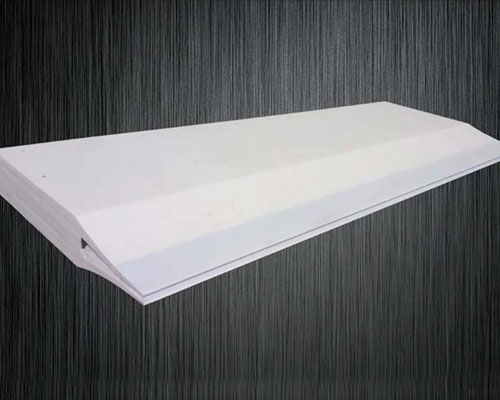The feeder tip cavity is a key part of conveying molten aluminum in aluminum alloy casting and rolling production. The nozzle structure will directly affect whether the melt can enter the casting-rolling zone from the nozzle cavity uniformly and stably, thereby affecting the quality of the plate.
The shunt blocks inside the casting nozzle are arranged in an orderly manner, thereby improving the uniformity of melt distribution in the casting nozzle and improving the quality of cast-rolled products. Ceramic fiber castertip plays a key role in stabilizing the casting and rolling process and quality.
Feeder Tip Cavity Blockage
When clogging occurs in the cavity of the casting nozzle plate, the metal is restricted from flowing out of the entire width of the opening of the casting nozzle plate, resulting in elongated hole defects on the surface of the cast-rolled strip. Pores may be small holes that can be observed with the naked eye. Sometimes, the voids are inside the strip, and clear oxide streaks can be seen on the surface of the strip.
The correction method is to increase the temperature of the metal. You can also stop the rotation of the roller for a short time to allow the metal to solidify around the obstacle and pull it out when restarting. In some cases, clogging of the nozzle plate requires the replacement of the nozzle plate. Good refining measures are an effective way to prevent clogging of the nozzle plate.
Castertip Scars
Metal solidification may occur inside the mouth or at the opening of the nozzle plate. The metal solidifies in the oral cavity, which manifests as a decrease in the width of the strip or a decrease in the holes in the strip. The cause of this defect may be metal leakage from the nozzle plate or low metal temperature in the nozzle plate.
The calibration method is
1. If the leakage is serious, please replace the casting nozzle plate
2. Increase the temperature of the front aluminum liquid
3. Increase casting speed

